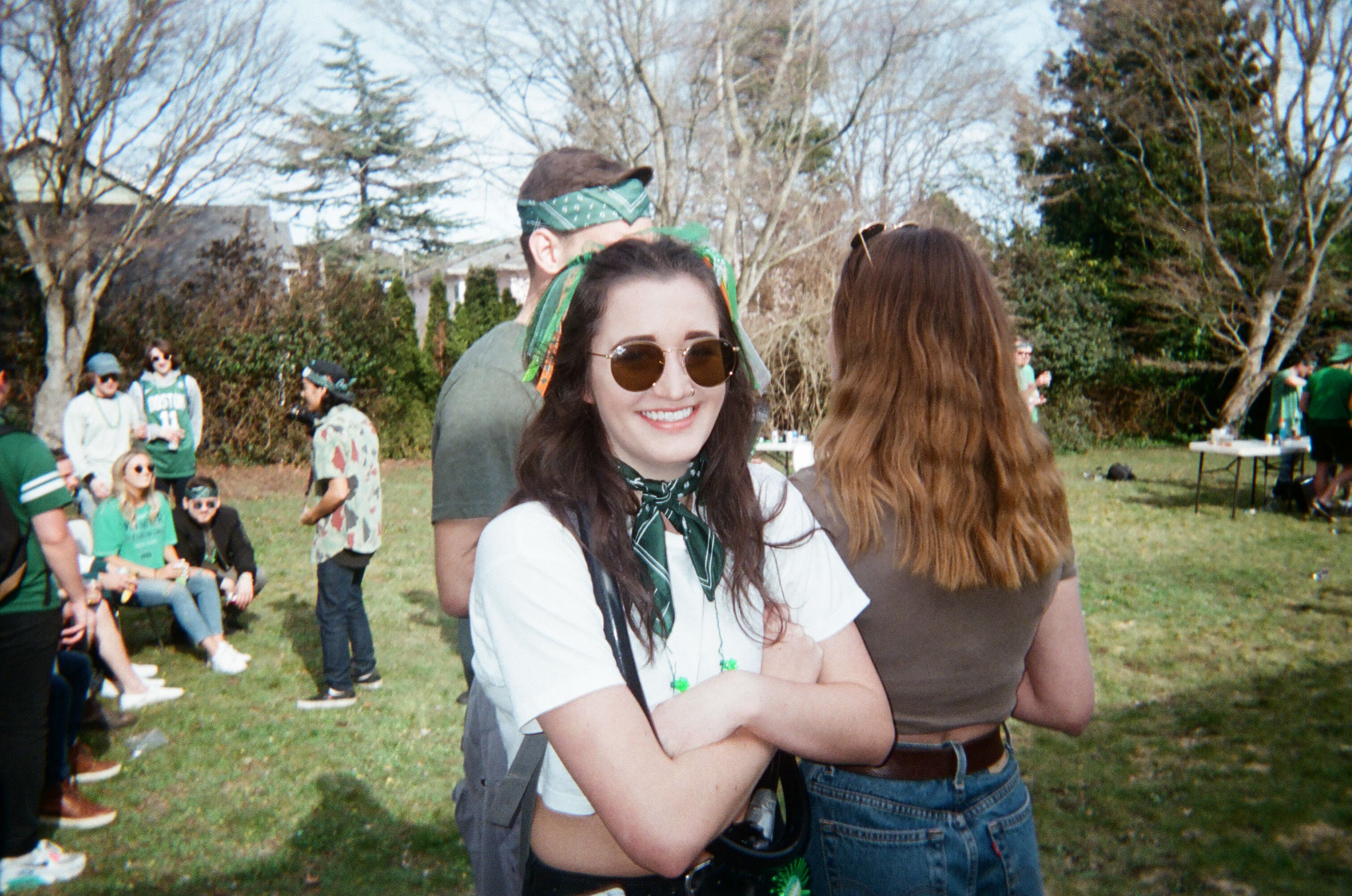During the last couple of weeks, in my EDCI class, we have been learning about Images and visual language, curation-based networks, and the effect of Social Media. I want to reflect on what our activities and what I learnt from each week.
First, we uncovered the importance of using visuals during blog or social media posts, also, giving creative licenses to the pictures used in posts. One thing that stuck out to me, that if an image could be used to

describe your post, use it. The use of pictures can drag users into the information you are trying to show (Moritz, n.d.). However, it is equally important to give credit to those who own the pictures; copyright is a significant portion of blog posting. For instance, I would not want any of my classmates to take my ideas.
We were given the assignment to explore our peer’s blog and critique their posts, given the new information we learnt. For me, my group did not all provide their link, accept for one. The one blog post I explored, I found that we had different viewpoints and learning aspects from the previous weeks. I discovered that he did not use enough pictures in his blog post. I found it unusual to comment on my peer’s blog. However, I knew that this information might help increase his grade. In my feedback, I did not receive any input; my group members did not participate in time for me to correctly engage in the activity. The only feedback I got was that my blog looked good. However, I did a personal reflection on my blog and decided it needed to add the copyright information in each post. I used enough pictures; I did not want them to overpower my content.
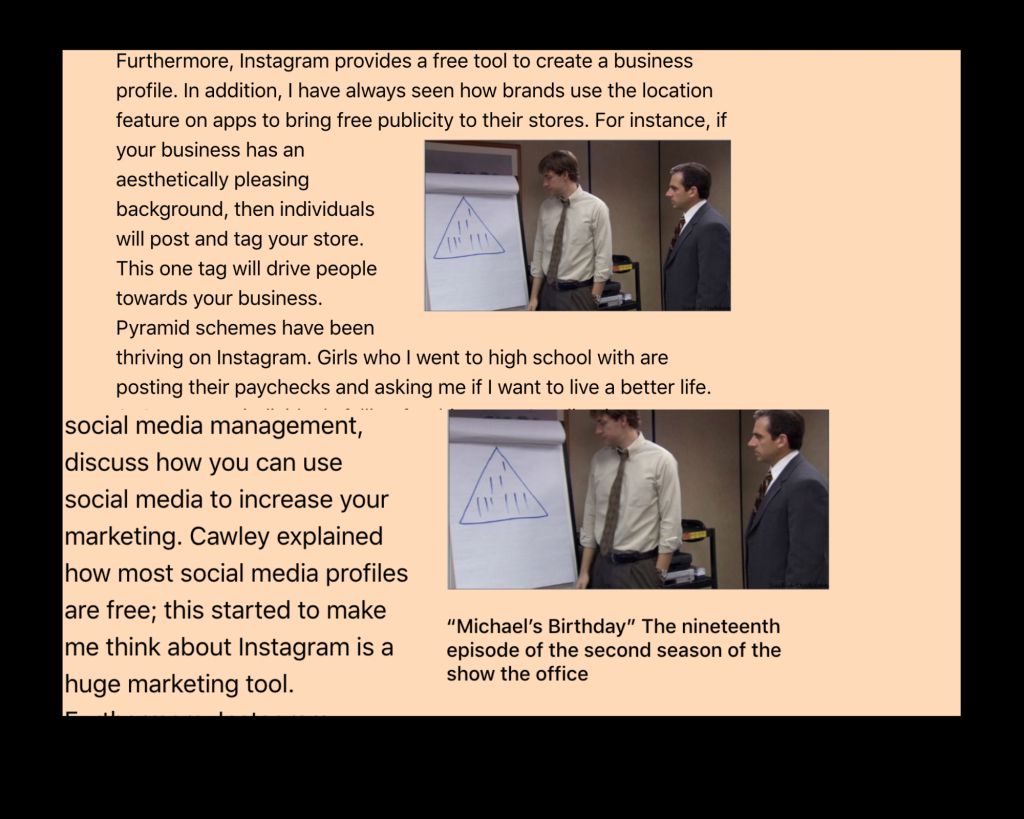
Next, we did another social media exploration task, this time focusing on Pinterest. Pinterest is a type of curation-based network, which refers to the collection and management of information being the central part of the website (Church, Lyer, & Zhao, 2019). Pinterest showcases content management accurately, wanting to put your interests in specific folders that are easily accessible; these are called ‘boards.’ I think that people use Pinterest to look for inspiration from other individuals. You can look at individuals’ different outfits, room layouts, recipes, or wedding inspiration. Pinterest is an easy way to get new ideas from other individuals. I find that Pinterest actively uses pictures, as suggested in our reading by Moritz (n.d.), Pinterest uses pictures to explain the purpose, rather than a paragraph.
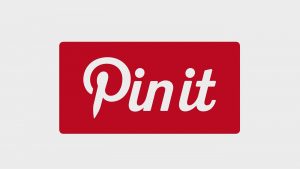
I do not actively use Pinterest; I did use Pinterest in high school. Now I only use Pinterest when I am looking for recipes. This media exploration made me appreciate Pinterest more; the website is built for a different experience for each individual. Additionally, people starting small blogs or websites can attract newcomers. Mainly, Pinterest relies on the use of pictures, thus making the usage more casual.
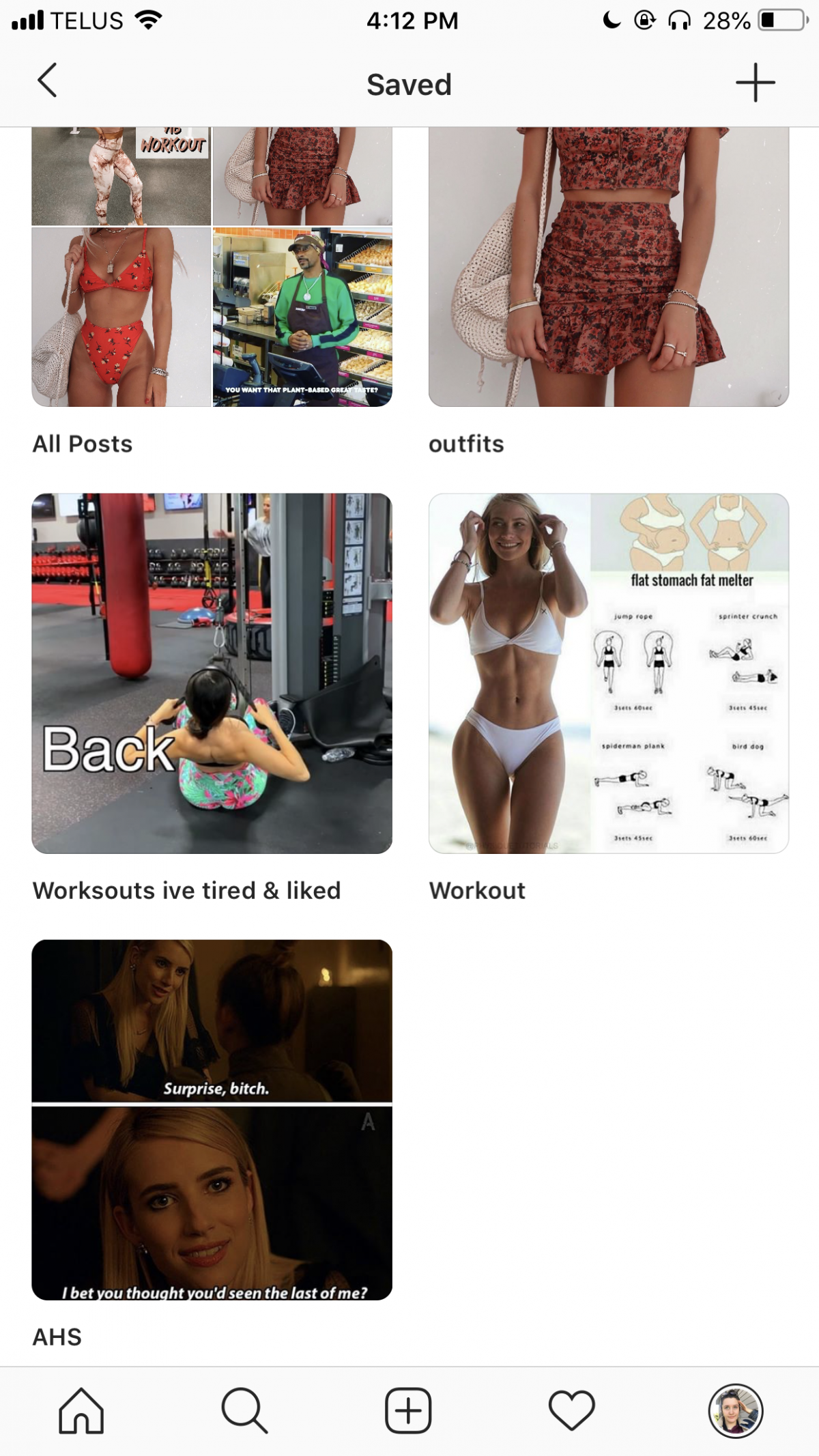
I think Pinterest is much different than other websites; however, the ‘pinning’ function is closely related to likes, re-tweets, or favourites. For instance, if I post a link to this blog, I can see who ‘pins’ my post to their blog. Further, the flagging function on Instagram has taken aspects of Pinterest. Scrolling through my feed, I can save a post, which is kept on a private section on my Instagram. In this section, I can create different boards to organize my flags into different divisions. Pinterest works in the same way to organize information.
Pinterest can be used to teach individuals necessary information about topics; for instance, I have learnt tons about cooking from Pinterest. The simple recipes have allowed me to grow as a chef and try different things. Pinterest plays a role in personalized learning in the sense of attracting visual learners. Individuals who identify as visual learners can see recipes, outfits, or crafts made through a series of pictures. I could find images that fit into my blog using Pinterest, especially stock pictures. It even will give me a chance to promote my blog to others.
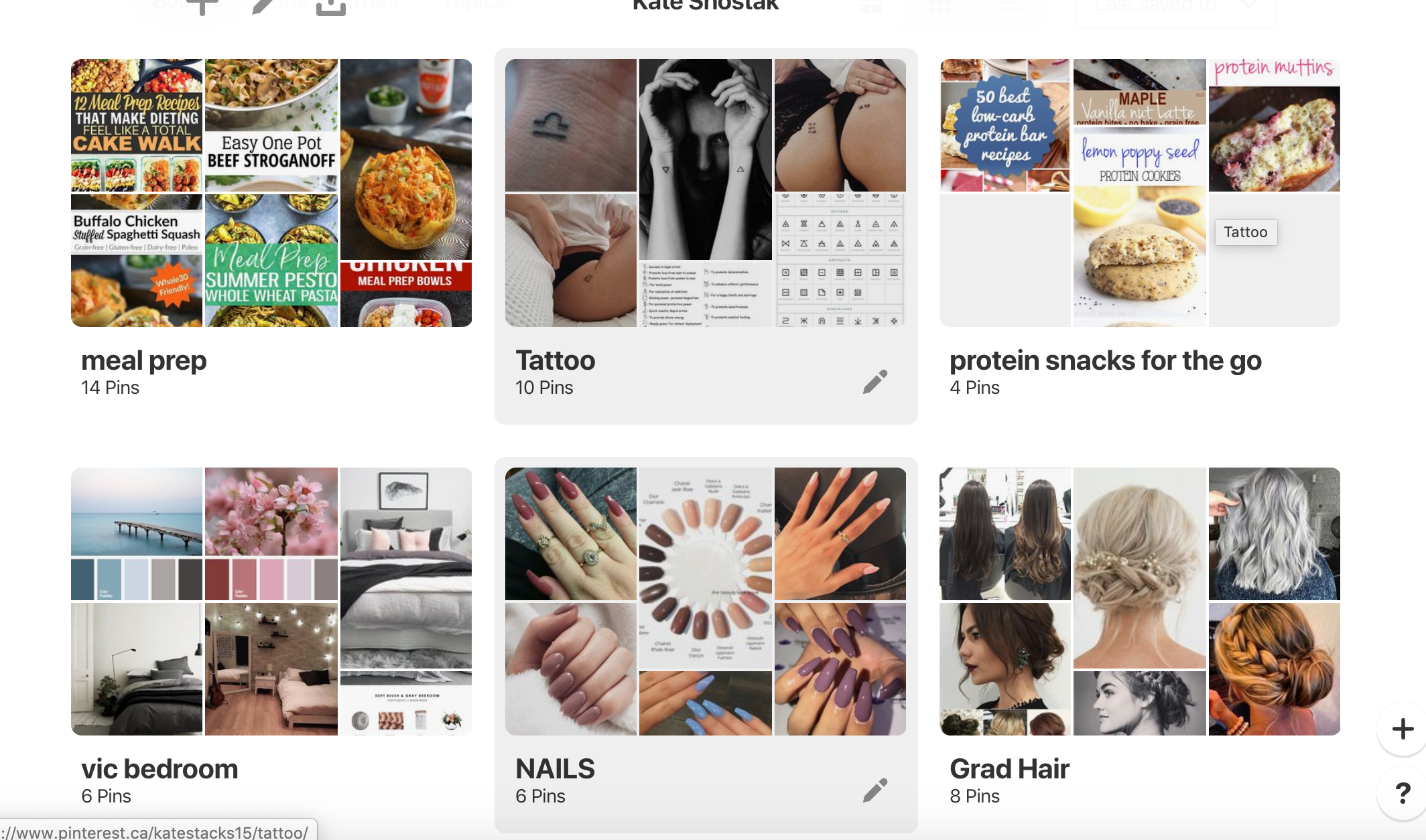
Finally, the final week were discussing the positive or negative aspects of social media. In our reading that was written by Tommy Landry (2014), presented his view on the pros and cons of social media. I think his points were valid; however, all the pros and cons felt more personal than universal. I do not connect with some of the points he made. He discussed that a negative aspect were selfies. I understand that some selfies are taken too far; for instance, some individuals have died due to trying to get the perfect angle.

However, selfies are a tool for individuals to show what they are doing. I think his point surrounding this made it sound more as a joke rather than serious. “No matter whether it’s because of a shirtless guy flexing in front of a mirror, girls making abominable duck faces” (Landry, 2014). The author is running into posts that he finds annoying, rather than actual consequences of selfies. I find that selfies or posting online have more influence on individuals’ self-esteem. I do not see a post of a shirtless guy and think, “this is stupid; no one should post this.”
I would add to the positive side of this that individuals can create a social movement by tweeting the problems arising. One of my all-time favourite Twitter moments was during the ‘Unite the Right Rally’ in Virginia. A user created the tag @yesyourearascit, that exposed individuals who are participating in the rally with their identity. This allowed individuals to fight against hate crimes (O’Sullivan, 2017). I find that specific platforms are additionally positive like Pinterest allows individuals to promote their blog, clothing line, and more. Thus, helping them build a career or fuel a hobby.
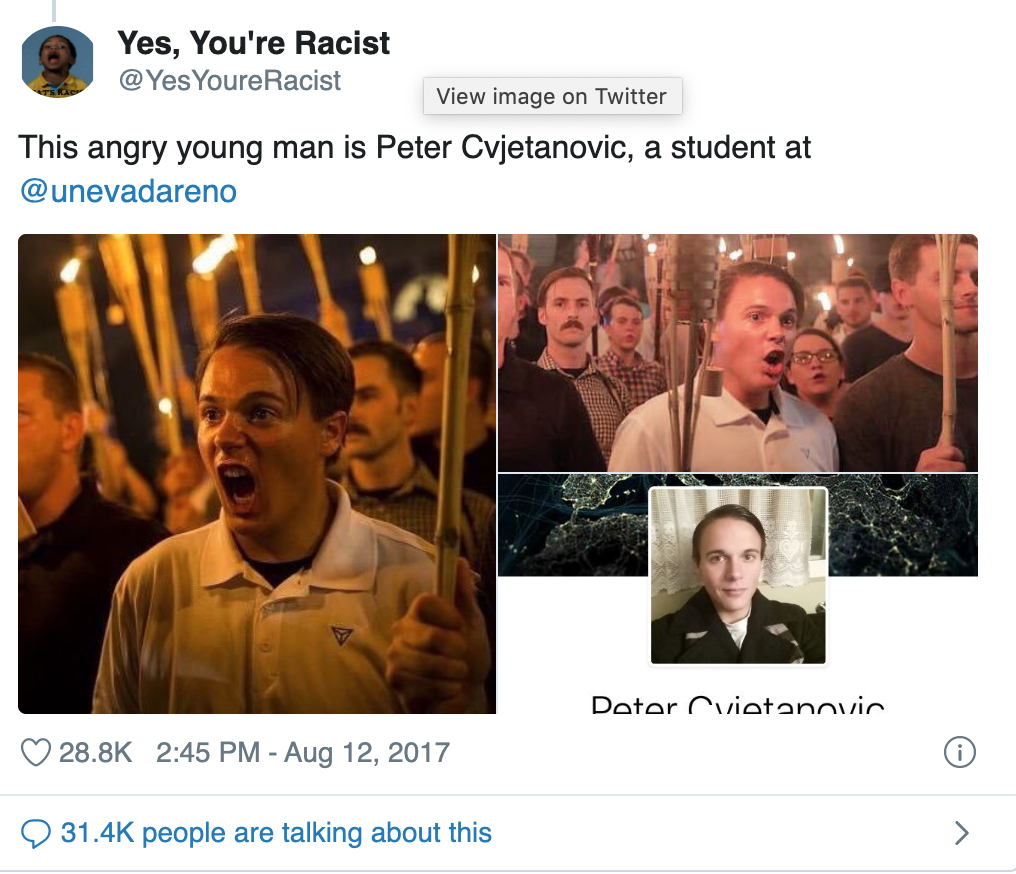
On the other hand, a con would be individuals with extreme views finding each other on the internet. The ‘Unite the Right Rally’ was organized through online chats and boards. Also, I find that Twitter runs into Copywrite issues, as well. Last year, spam Twitter accounts were removed. These Twitter accounts would steal jokes or ideas from other individuals and post them across multiple accounts attempting to get more retweets (Brian, 2018). These accounts were not giving credit to the owner of the content, which can occur tons online. Overall, what the author is discussing is not 100% accurate to what I experience on social media.
In conclusion, during these weeks of my EDCI course. I learnt the importance of pictures and copyright for these pictures. Investigating Pinterest showed me the use of pictures and links to create a brand for yourself. Further, these pictures can help individuals who learn visually. Finally, taking a step back and recognizing the positives and consequences of social media.
References
Church, Iyer, & Zhao. (2019). Pictures tell a story: antecedents of rich-media curation in social network sites. Behaviour & Information Technology, 38(4), 361–374. Retrieved from https://www.tandfonline.com/doi/full/10.1080/0144929X.2018.1535620
Feldman, Brian. “Twitter Suspends the Popular Accounts That Your Normal Friends Love.” Intelligencer, Intelligencer, 12 Mar. 2018, http://nymag.com/intelligencer/2018/03/twitter-suspends-the-dory-girlposts-common-white-girl.html.
Landry, T. (2017, November 29). The Shift to Visual Social Media – 6 Tips for Business [Infographic]. Retrieved from https://sociallysorted.com.au/shift-to-visual-social-media-6-tips-for-business-infographic/.
O’Sullivan, D. (2017, August 15). Twitter users are outing Charlottesville demonstrators. Retrieved from https://www.cnn.com/2017/08/14/us/twitter-account-white-nationalist-trnd/index.html.
